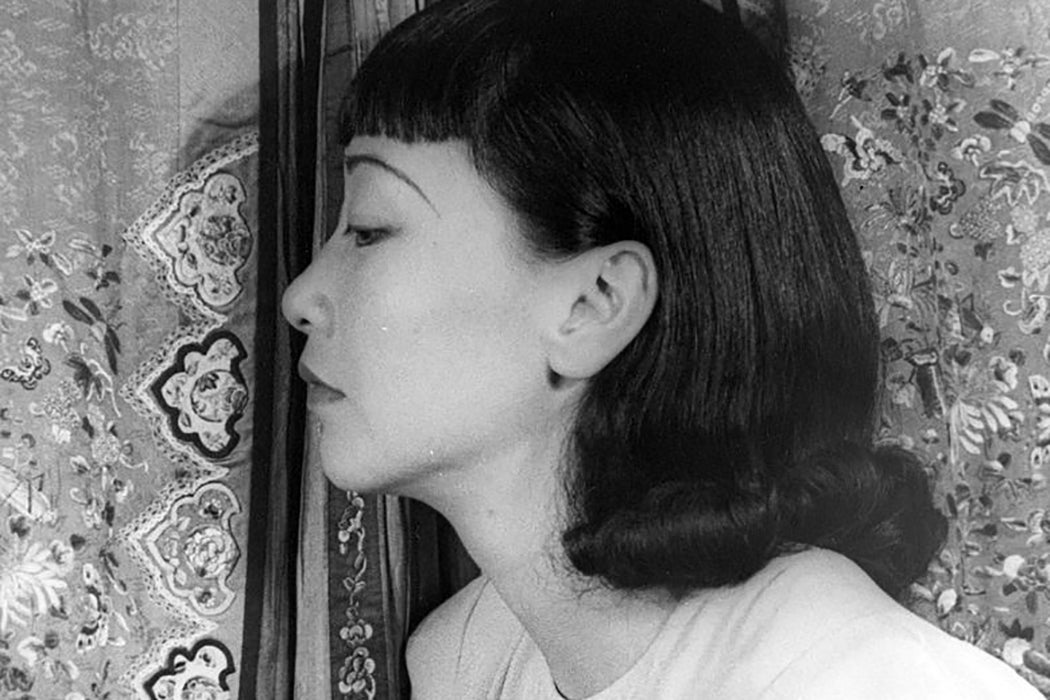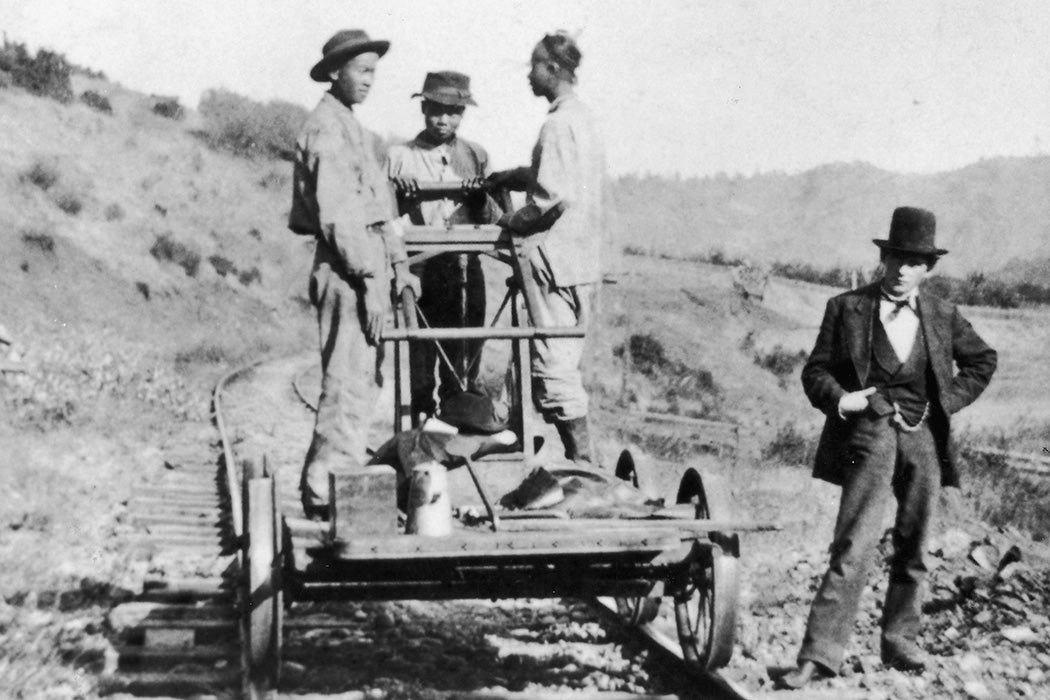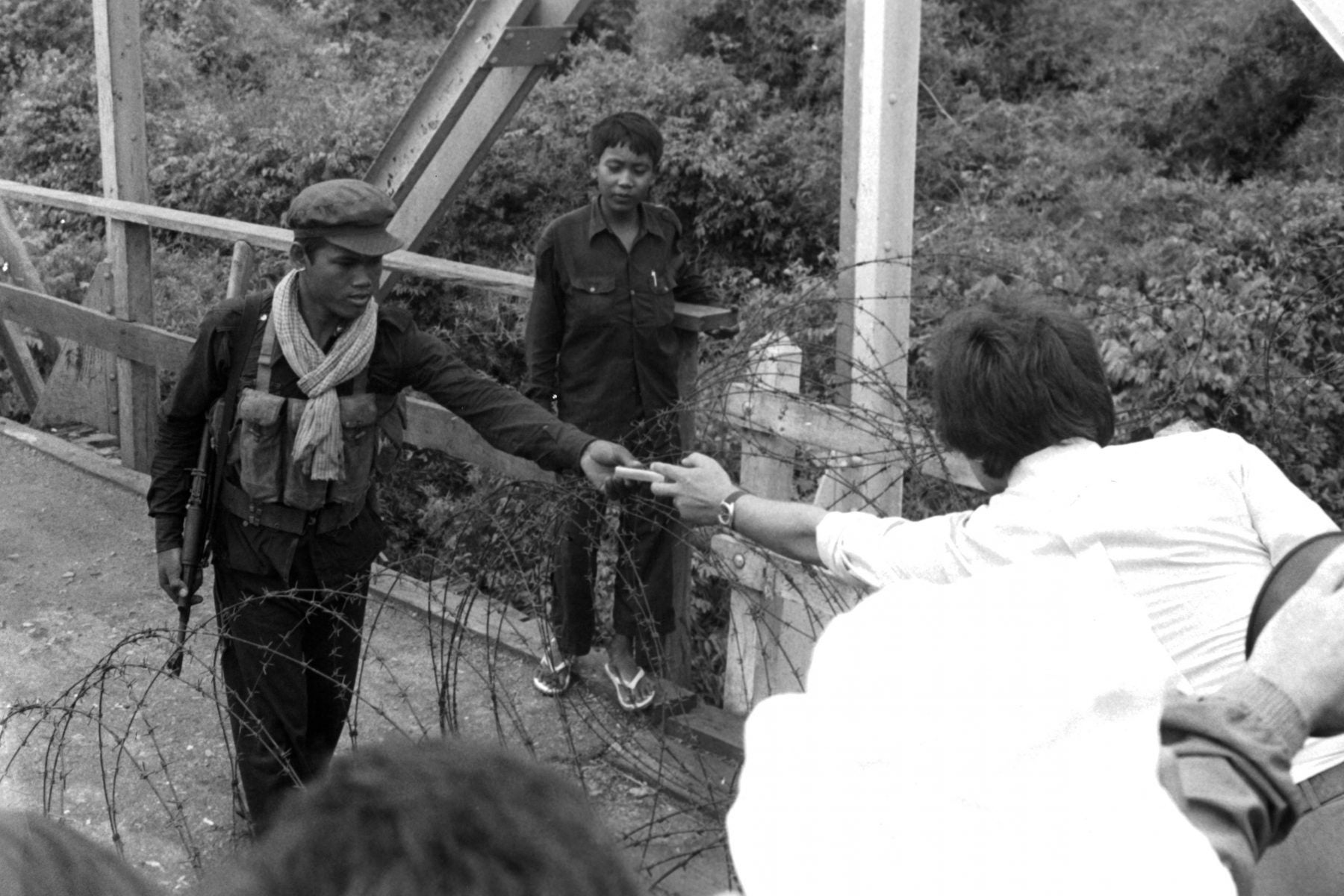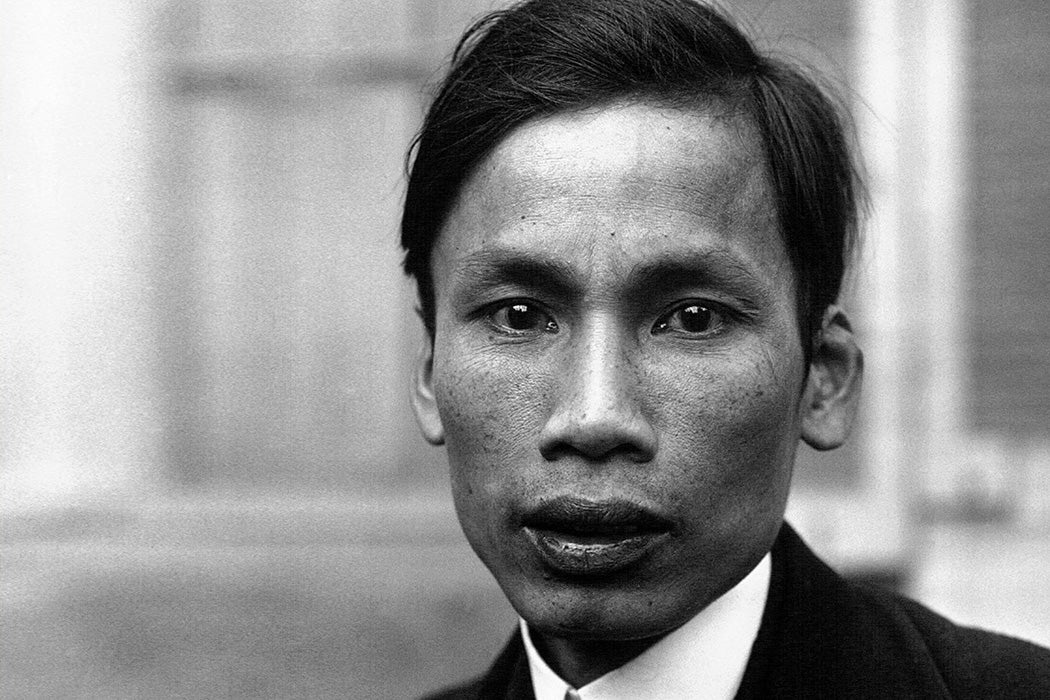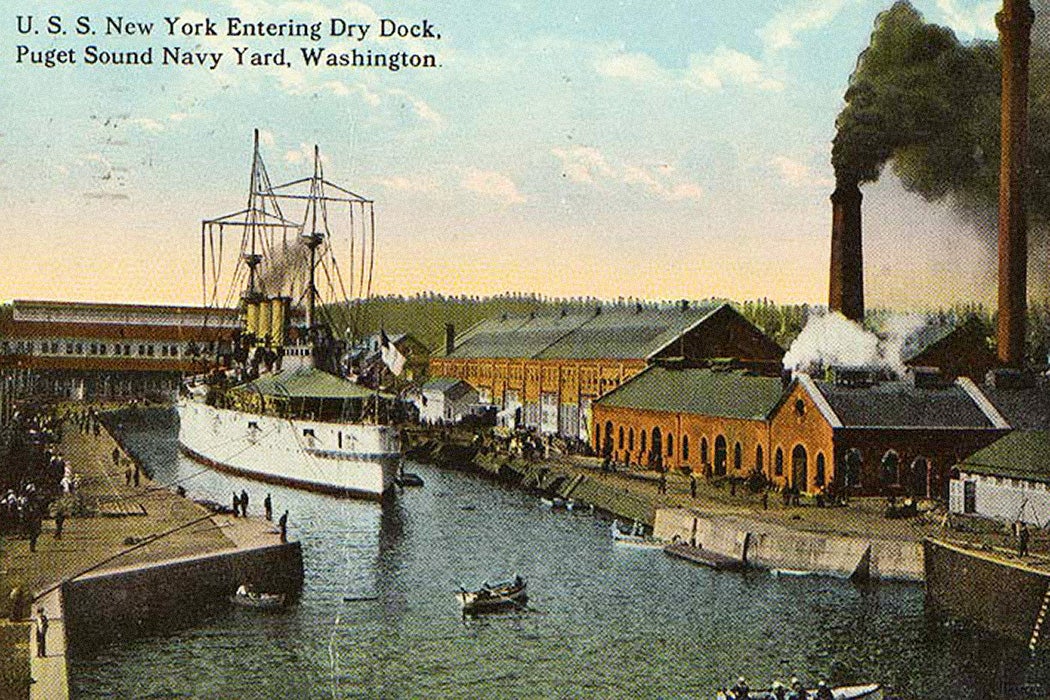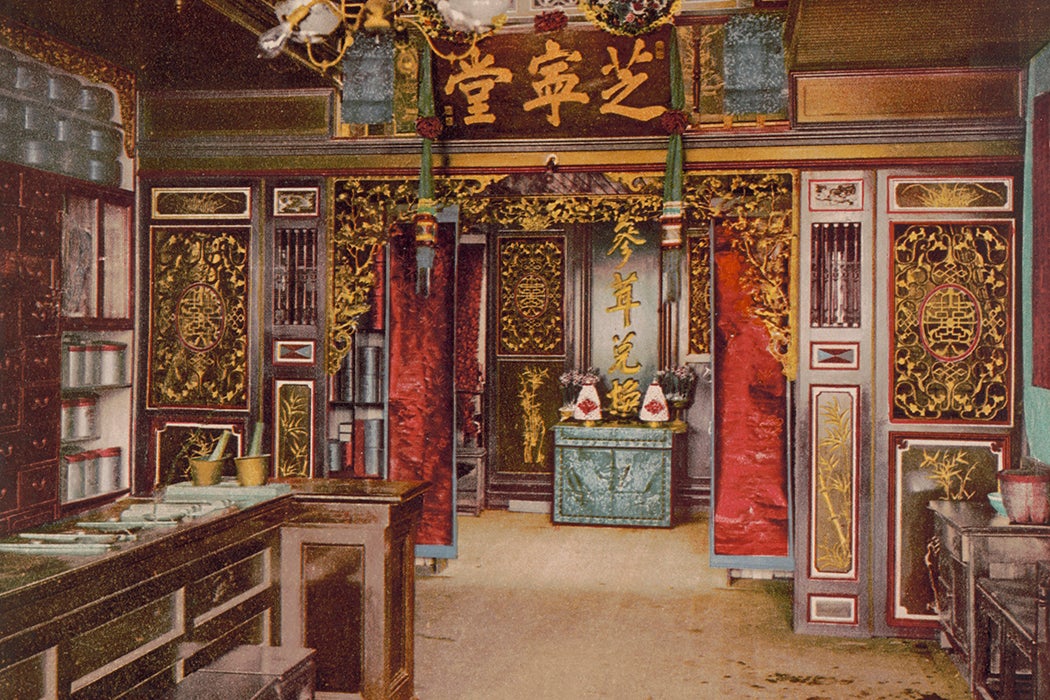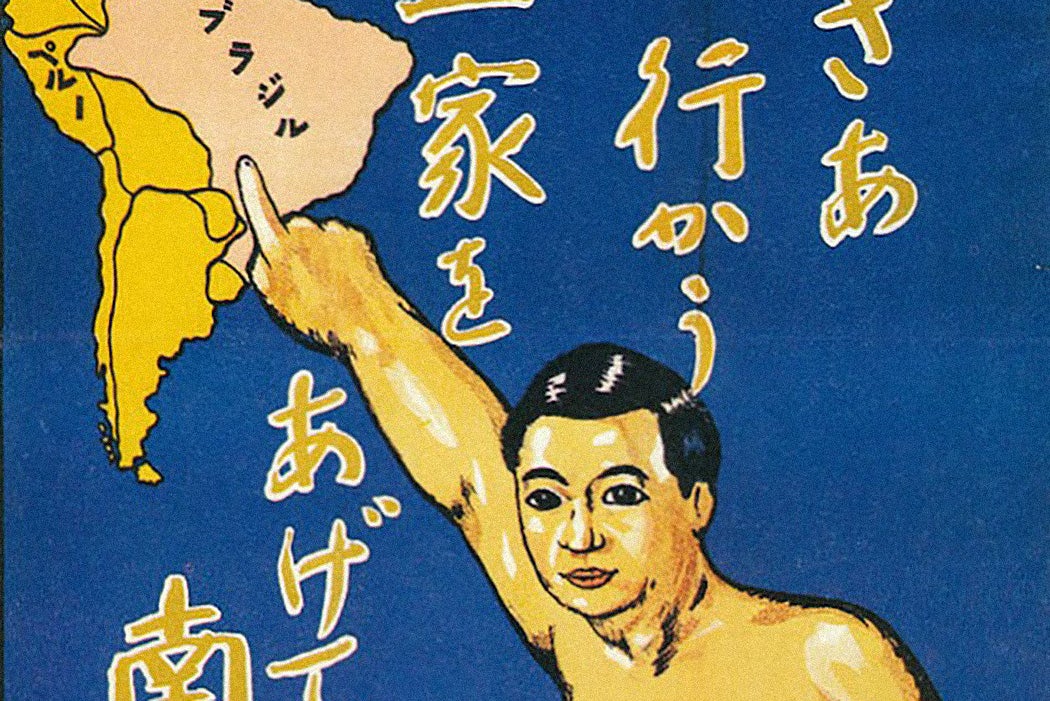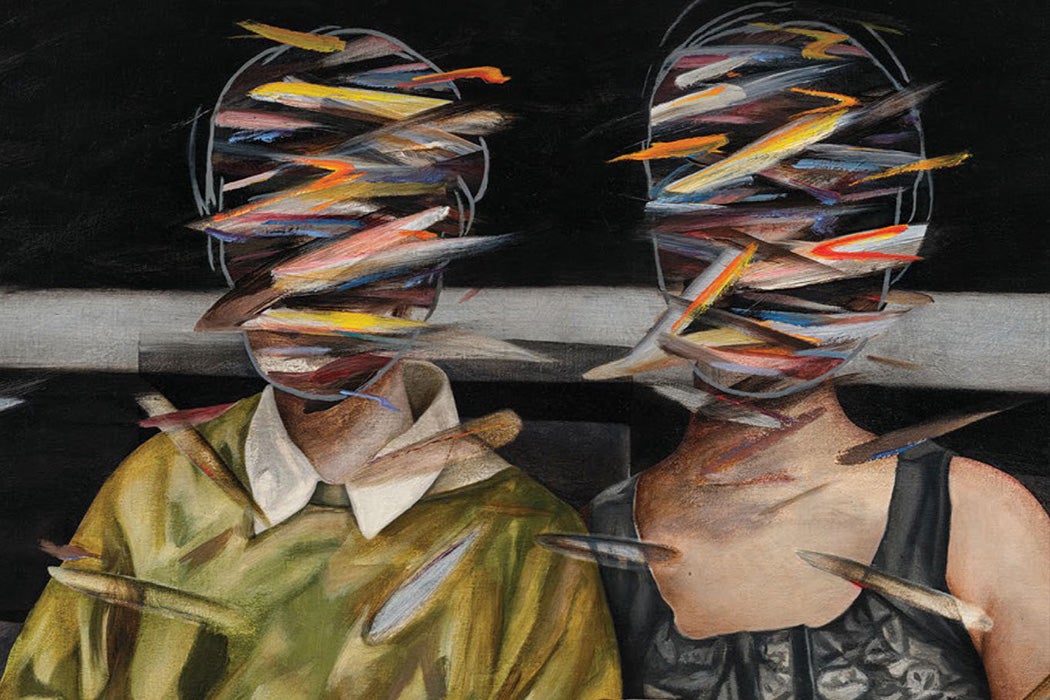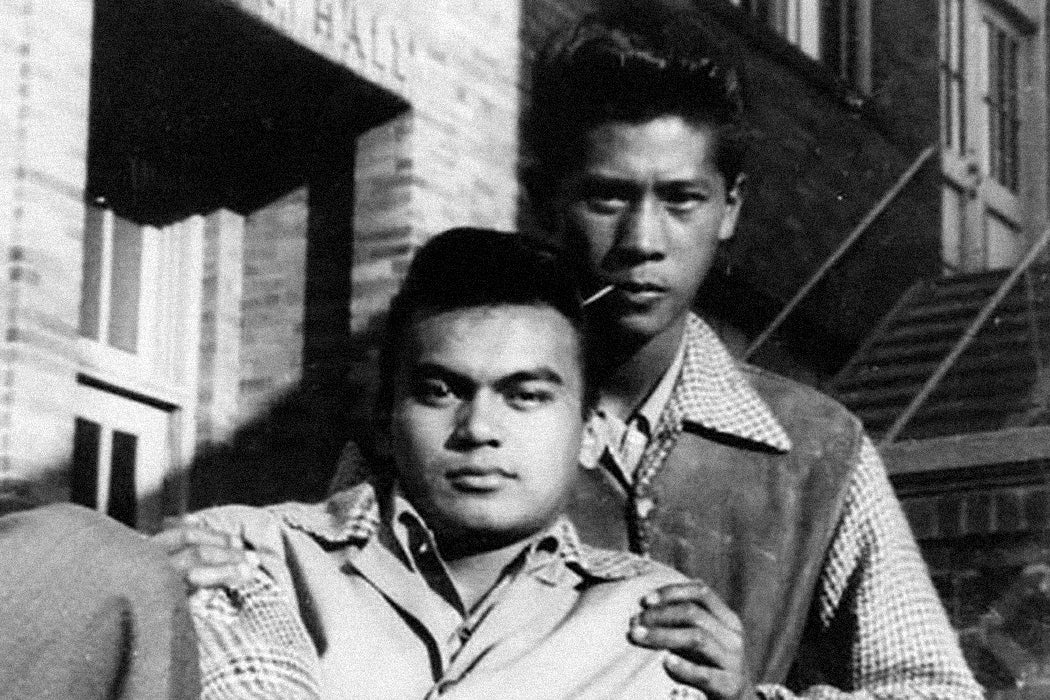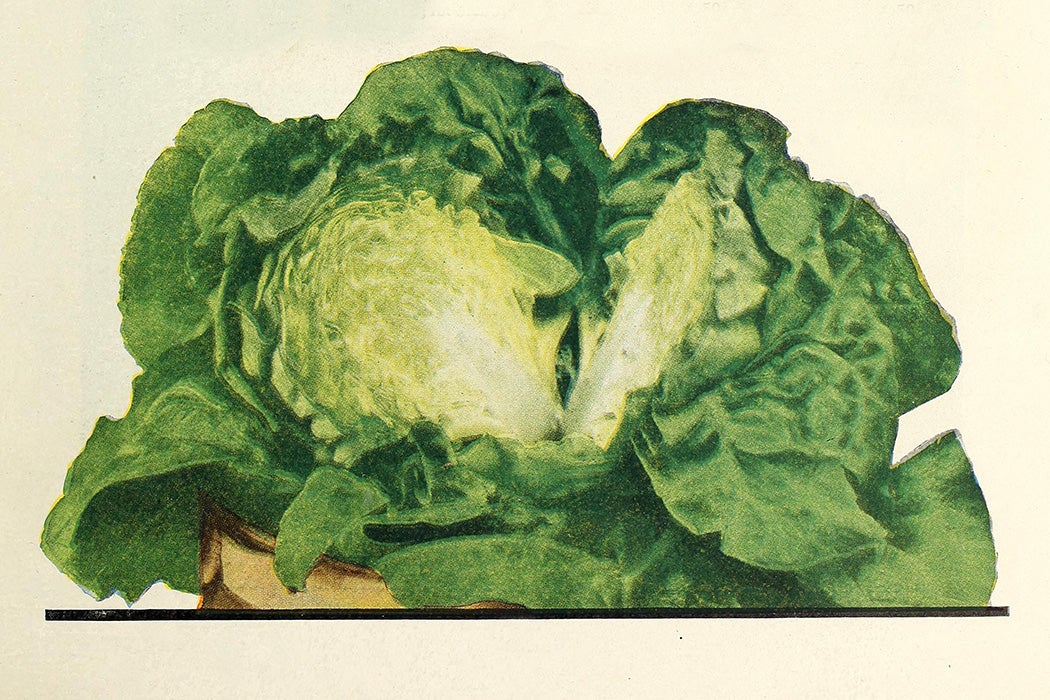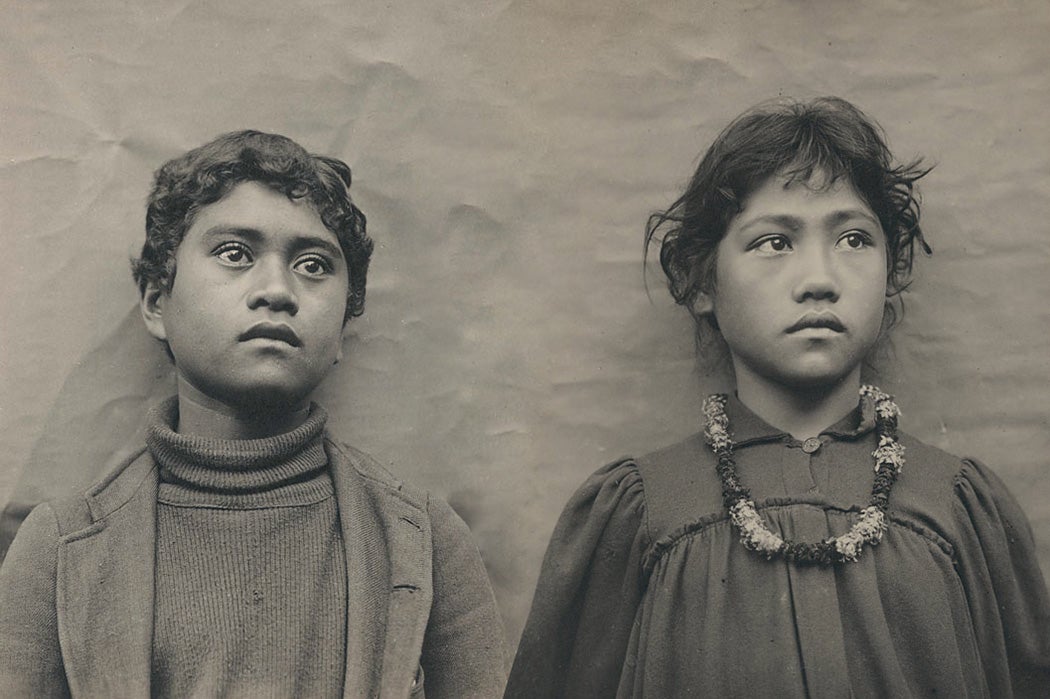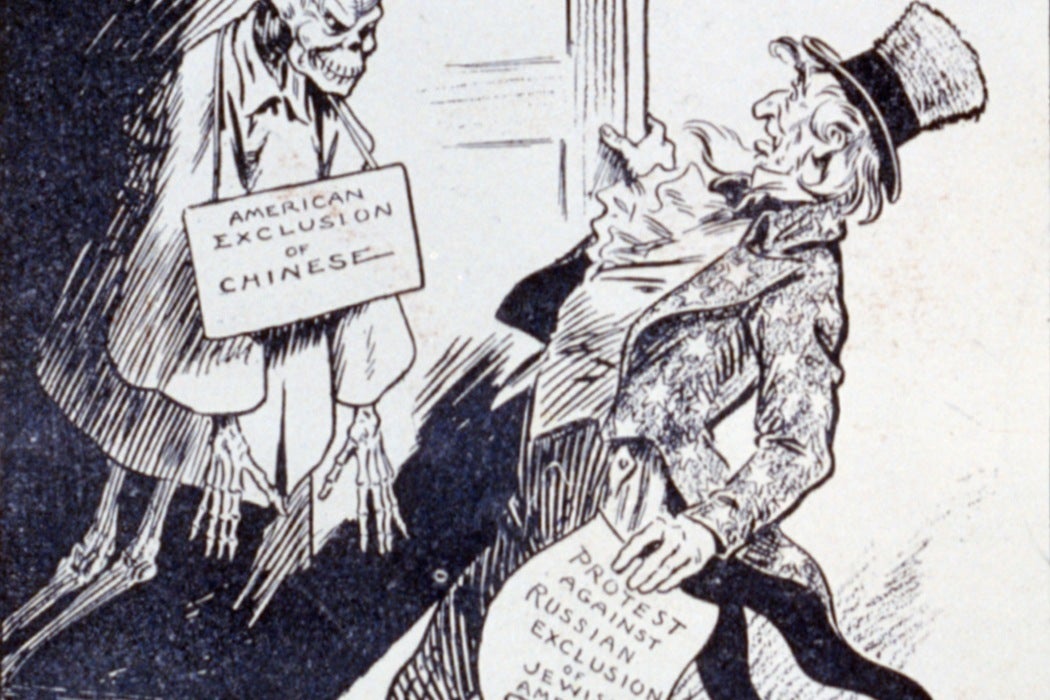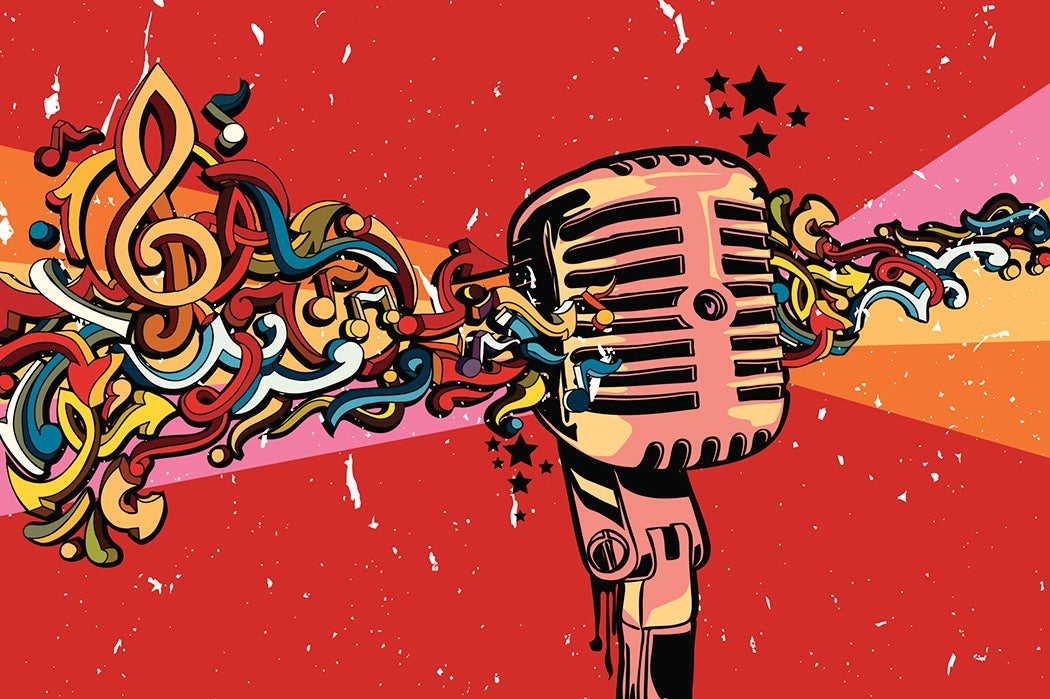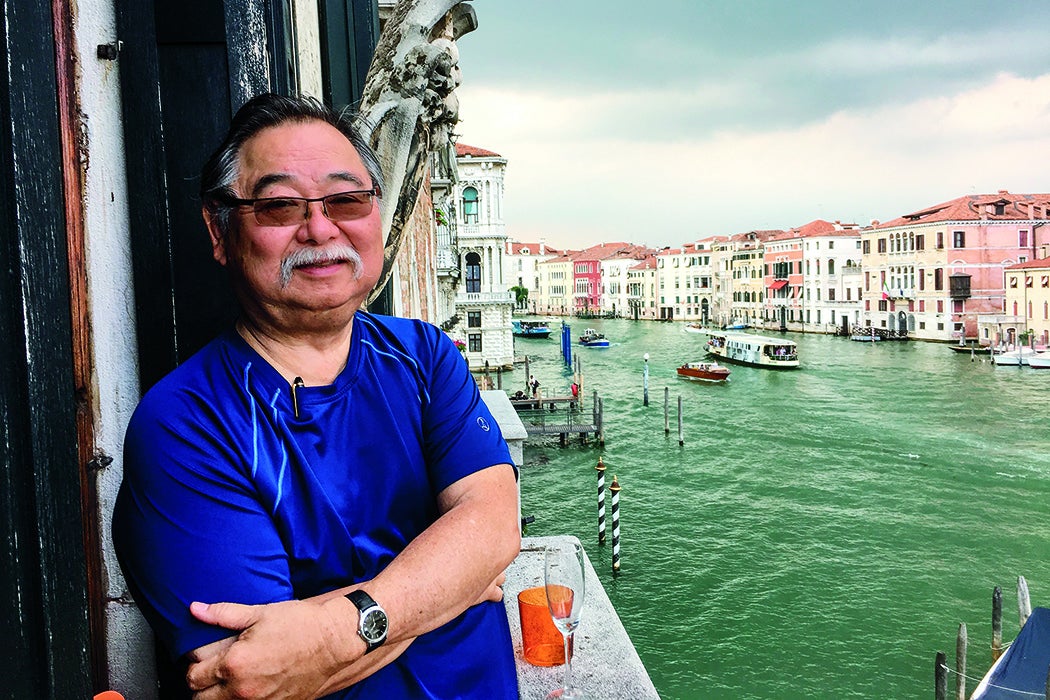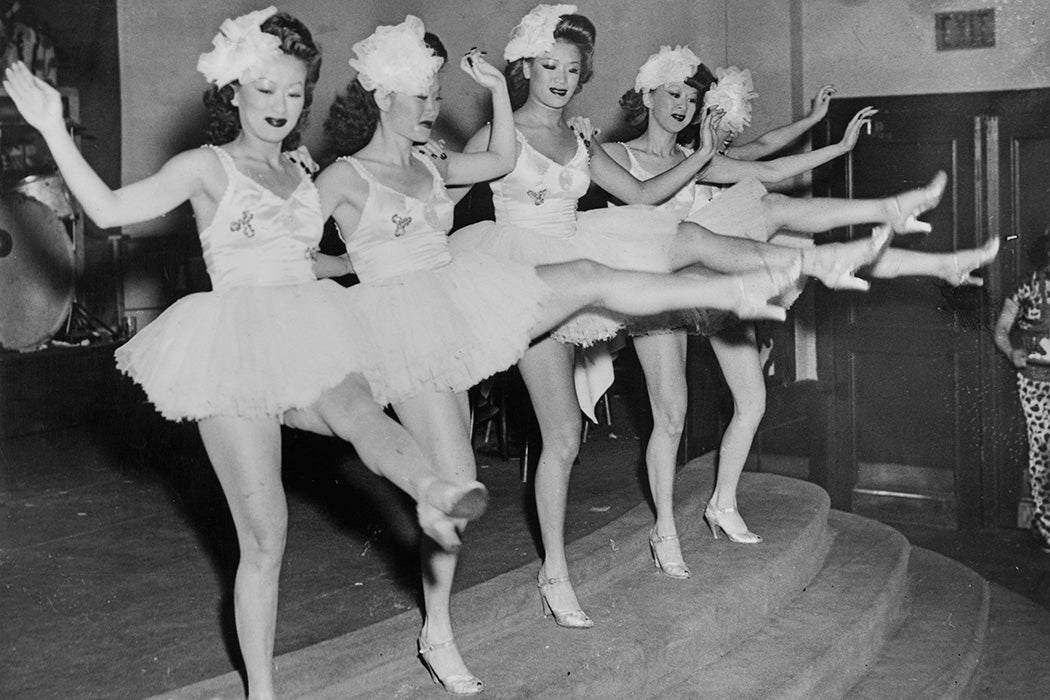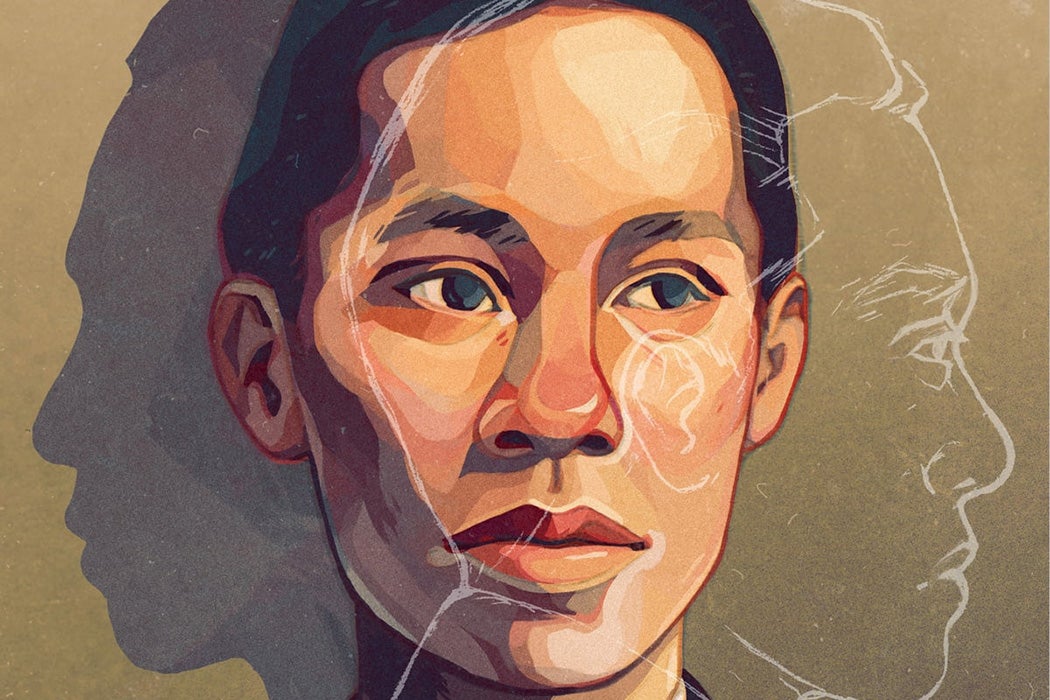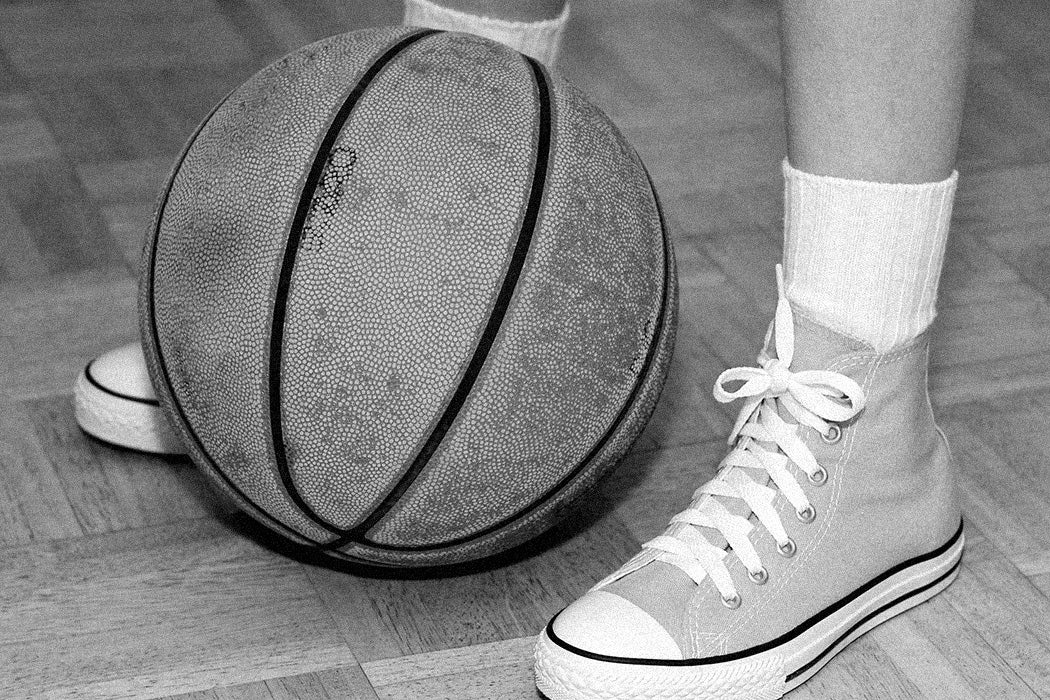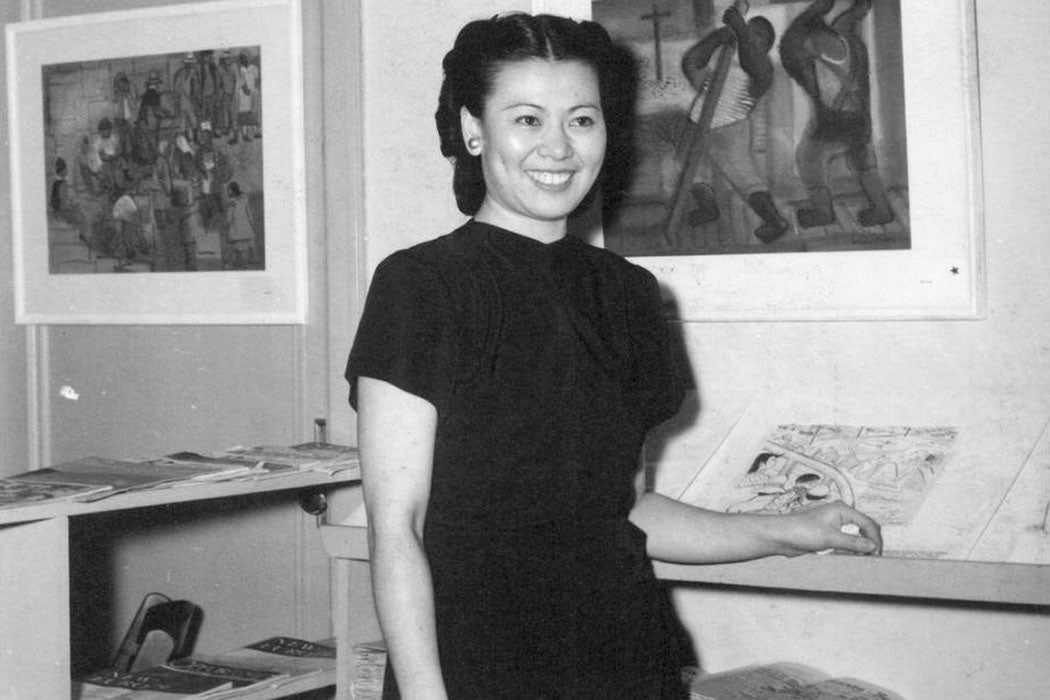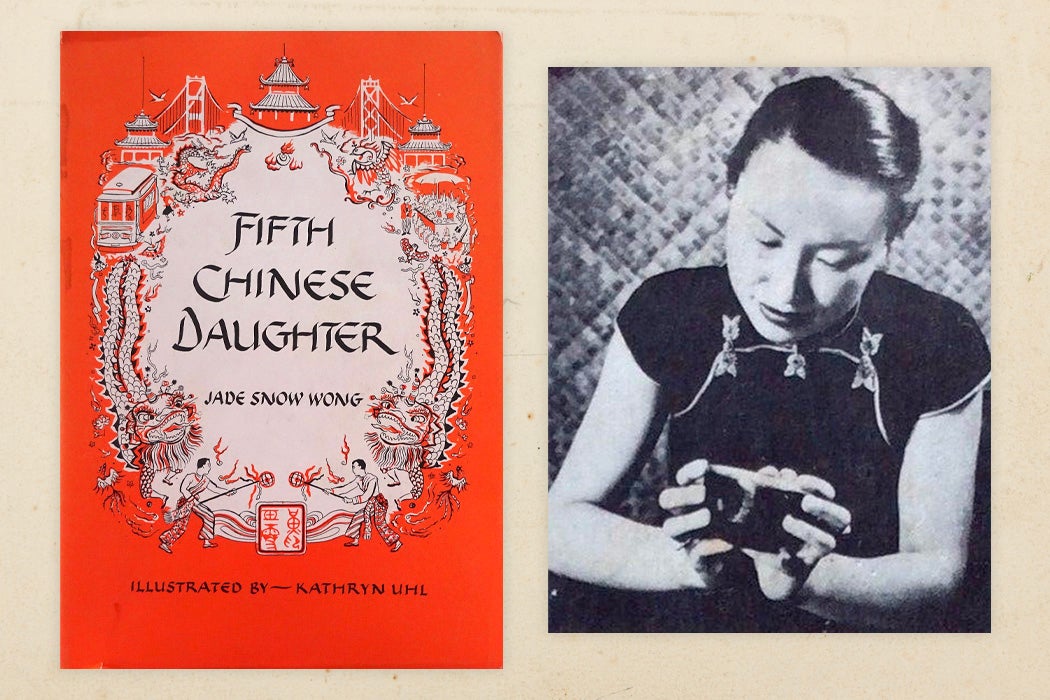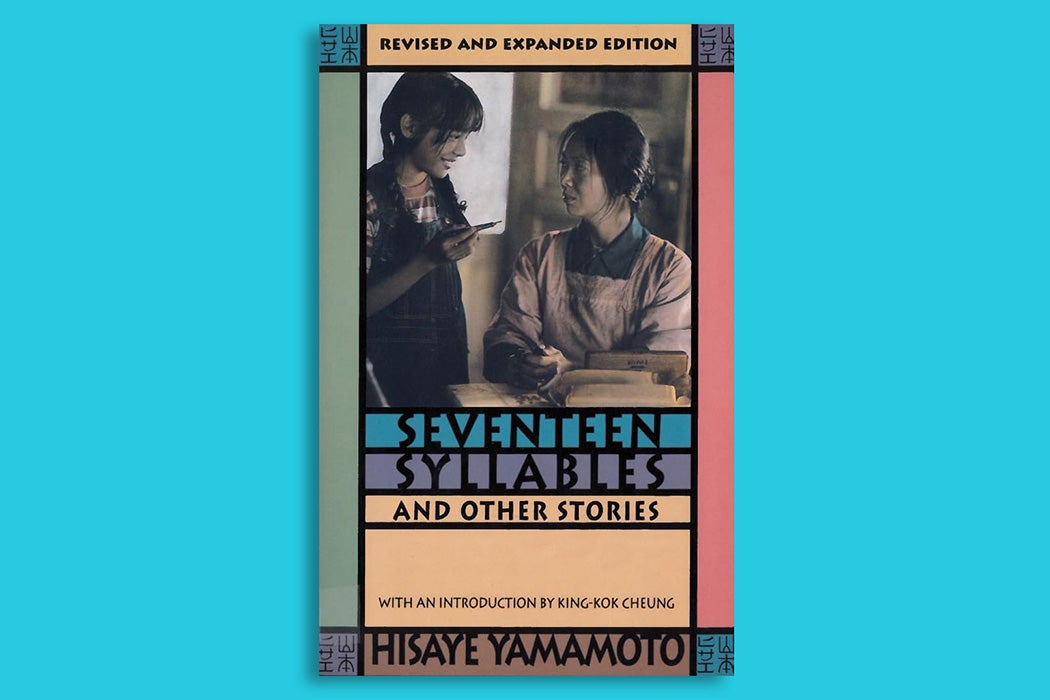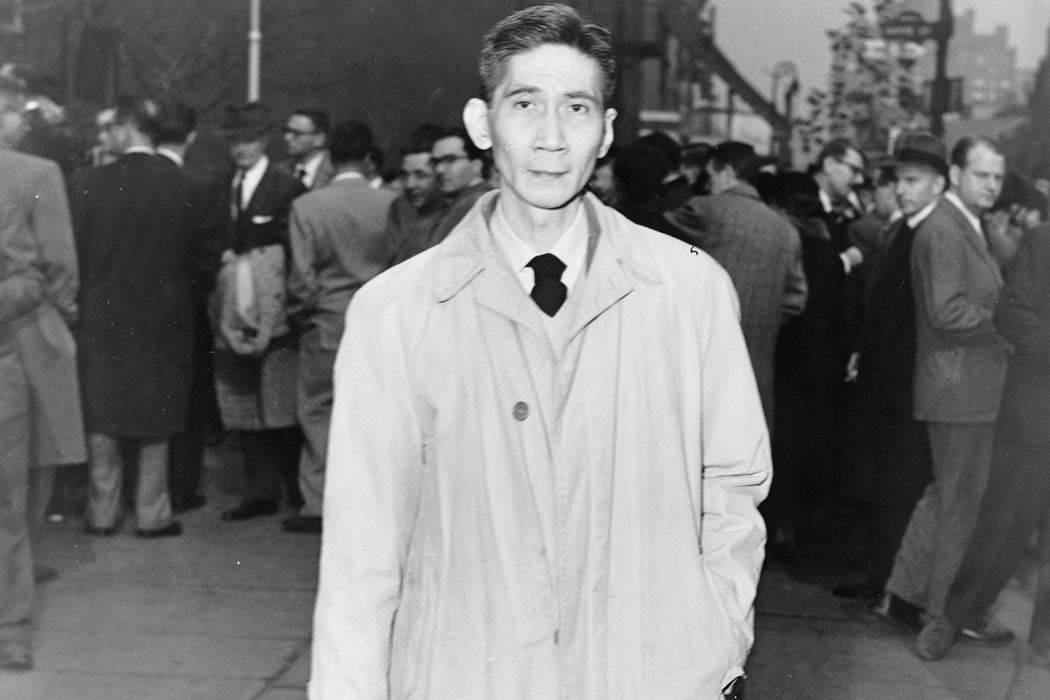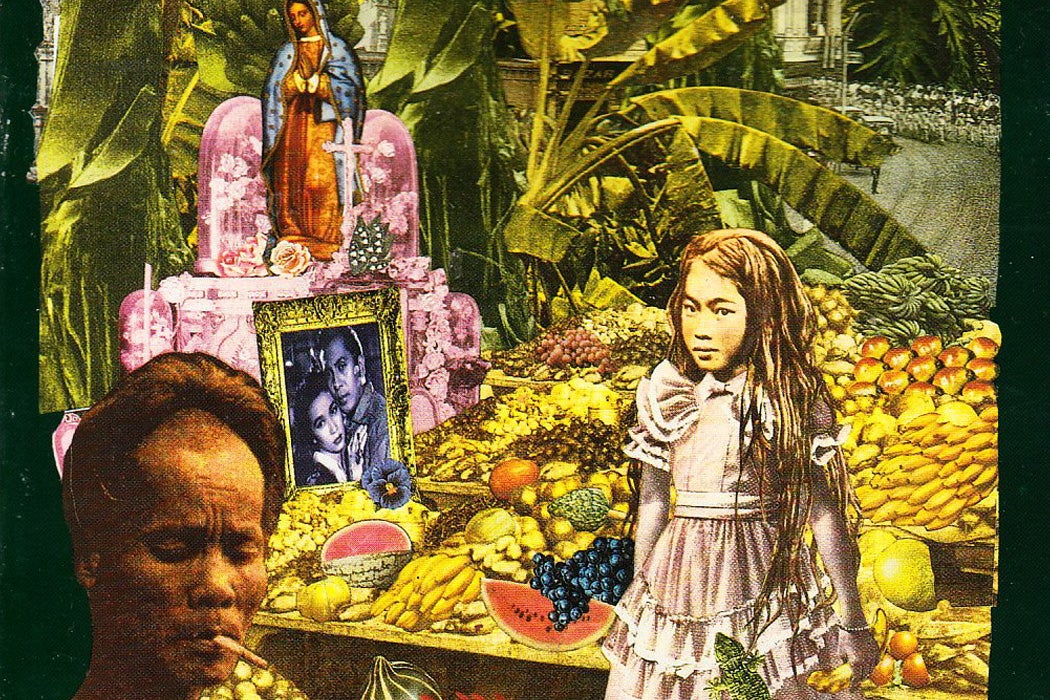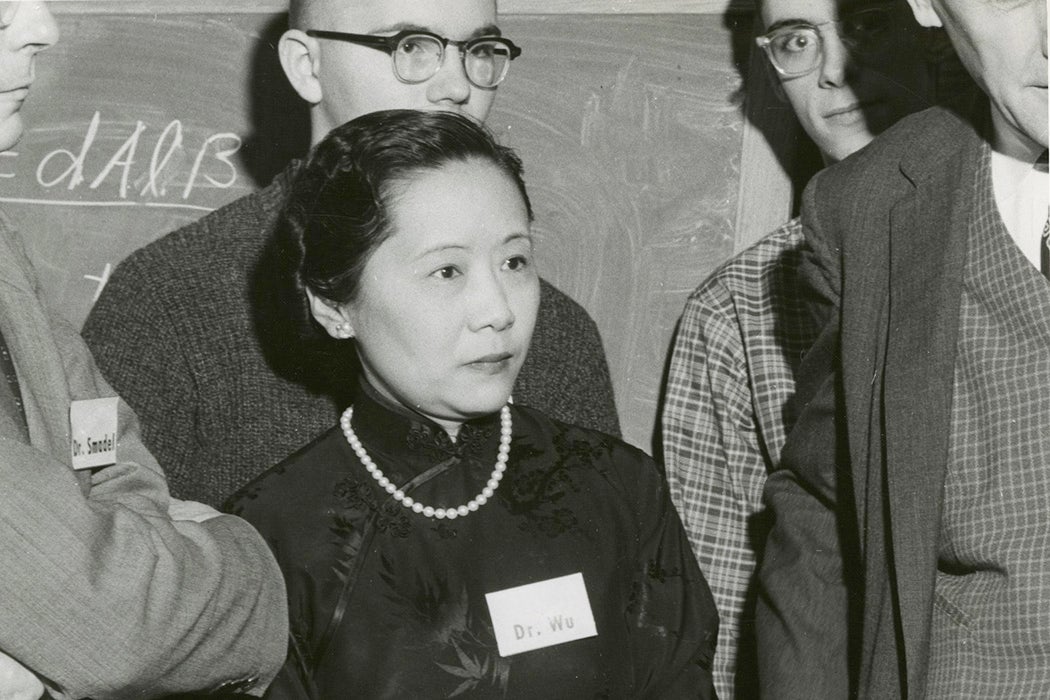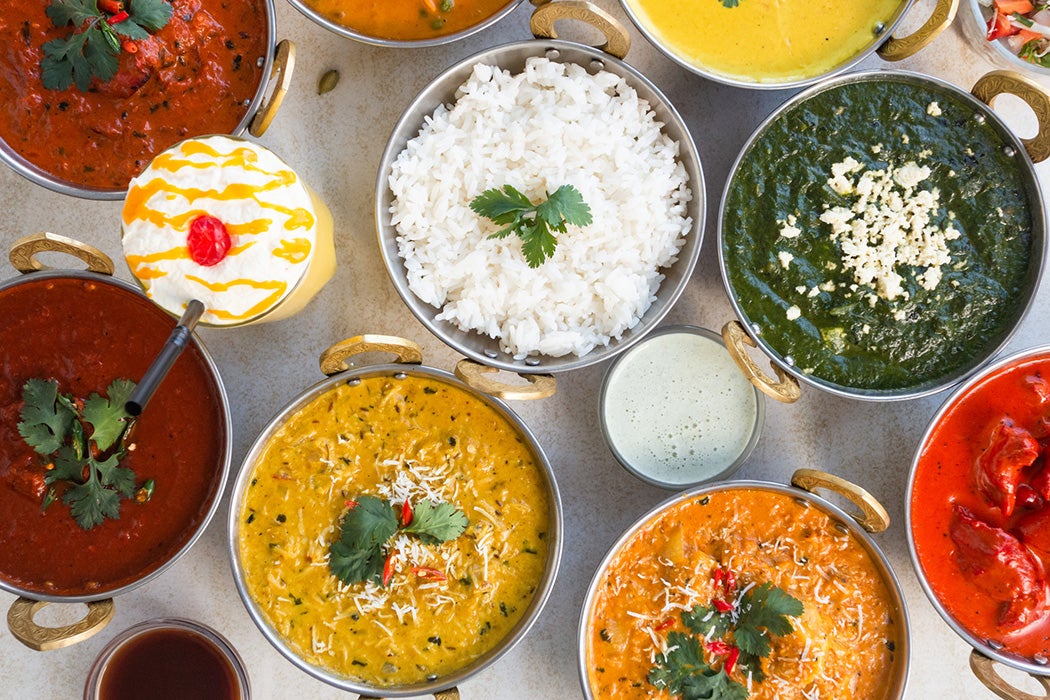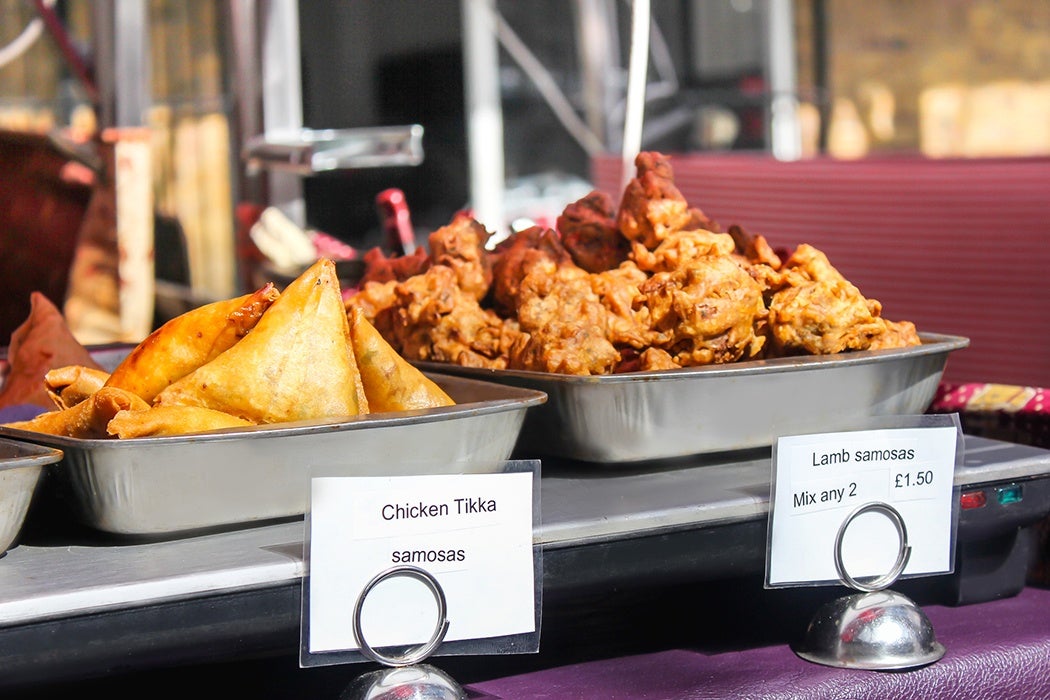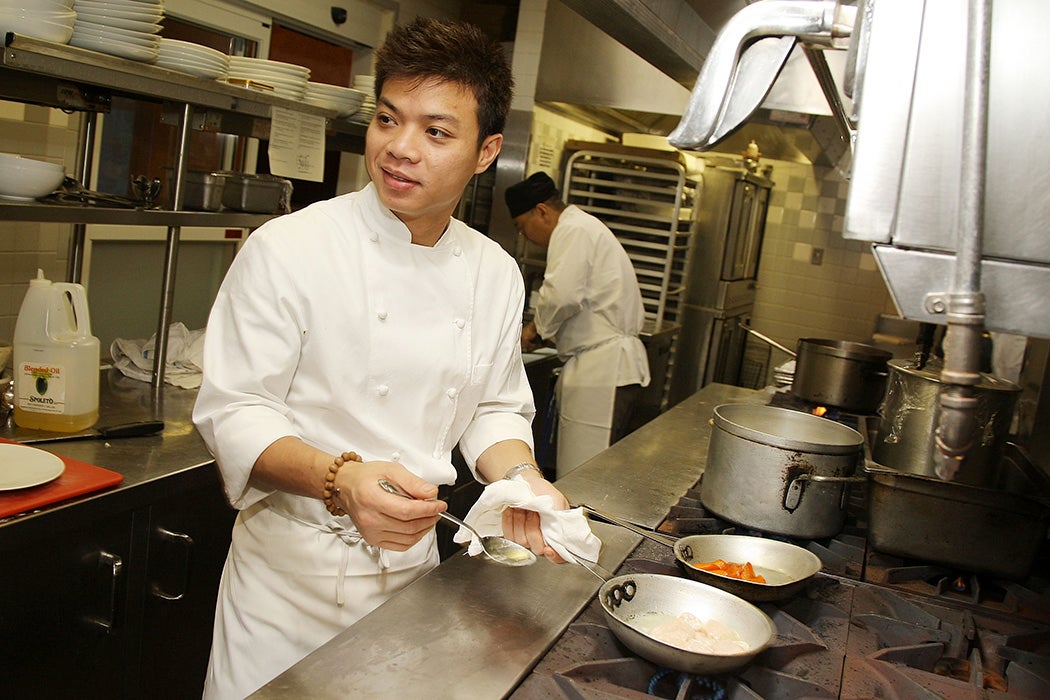May is Asian American and Pacific Islander Heritage Month. To celebrate, we’re reprising some of our best content on the history and cultures of Americans of Chinese, Japanese, Filipino, Korean, Vietnamese, Hawaiian, and South Asian descent.
Making Asian and Pacific America
Thai American Life in Los Angeles
August 28, 2023
Or, what the Wat Thai temple tussle in the San Fernando Valley teaches us about public space in America.
The Chinese Exclusion Act: Annotated
May 19, 2022
The passing of the Chinese Exclusion Act in 1882 marked the first time the United States prohibited immigration based on ethnicity and national origin.
The Making of Asian America
October 14, 2015
Asians are on track to become the fastest growing US population by the next half-century. We look at the history of Asian immigration, past and present.
The Asian American History of Silicon Valley Shopping Malls
July 8, 2023
Shopping centers in East San Jose that originally served working-class immigrants have been transformed by the influx of transnational tech professionals.
How the Vietnam War Shaped US Immigration Policy
January 22, 2020
The makings of our modern resettlement system can be traced back to the fallout of the Vietnam War, a cascade of international crises stoked by the U.S.
The First Vietnamese in America
January 18, 2021
Before 1945, many Vietnamese migrants to the United States were laborers. One was Ho Chi Minh.
On Hyphens and Racial Indicators
August 14, 2019
The AP dropped hyphens from expressions of heritage such as "Asian American." Some scholars are asking, with or without hyphens, aren't we all "American"?
Postcolonial Pacific: The Story of Philippine Seattle
September 29, 2024
The growth of Seattle in the nineteenth and twentieth centuries is inseparable from the arrival of laborers from the US-colonized Philippines.
The Allure of Chinese Medicine
November 20, 2022
Capitalizing on stereotypes earned Chinese-American practitioners patients, but it also helped keep them confined to the margins of American society.
Asian South America
October 20, 2022
The migration of Asian people—from India, from China, from Japan—to South America and the Caribbean began as early as the sixteenth century.
Racial Hierarchies: Japanese American Immigrants in California
July 1, 2024
The belief of first-generation Japanese immigrants in their racial superiority over Filipinos was a by-product of the San Joaquin Delta’s white hegemony.
Racism and the Myth of the Model Minority
1930s Filipinos Were Hip to American Style. There Was Backlash.
April 23, 2022
Filipinos, newly arrived to West Coast cities, displayed a mastery over American cultural life thanks to their knowledge of Hollywood films.
The “Model Minority” Myth and the Hidden Discrimination of Asian Americans
March 9, 2016
Identifying Asian Americans as a "model minority" often erases the continued discrimination faced by Asians in America.
The Lettuce Workers Strike of 1930
November 27, 2020
Uniting for better wages and working conditions, a remarkably diverse coalition of laborers faced off against agribusiness.
How Public Schools “Americanized” Hawai‘i
February 3, 2020
Colonial education administrators recruited teachers from the mainland, but soon realized another strategy was in order.
Anti-Asian Racism in the 1817 Cholera Pandemic
April 20, 2020
We should learn from, instead of repeating, the racist assignations of the past.
Lessons From a Japanese Internment Camp
December 5, 2016
Trump ally Carl Higbie recently cited Japanese internment camps during World War II as a “precedent” for a proposed registry of Muslims in the U.S.
How the Chinese Fought Discrimination in 19th Century Arizona
January 5, 2016
Chinese immigrants in the American West faced legal discrimination and fought back against it using other laws.
Cosmopolitanism (and Racism) at the 1909 Alaska-Yukon-Pacific Exposition
January 9, 2017
Seattle’s Alaska-Yukon-Pacific Exposition celebrated intercultural connections, but also reduced non-white cultures to quaint attractions.
Arts and Culture, Literature and Sport
Performing Memory in Refugee Rap
April 21, 2024
Hip-hop and other performative arts offer Southeast Asian American immigrants a way to construct richer narratives about the refugee experience.
I Hear America Singing
April 17, 2024
Japanese American poet Garrett Hongo is a guiding spirit to a glorious cacophony, an exuberant collective thrum made of different tongues and peoples.
Americanism, Exoticism, and the “Chop Suey” Circuit
January 12, 2024
Asian American artists who performed for primarily white audiences in the 1930s and ’40s both challenged and solidified racial boundaries in the United States.
Revolutionary Writing in Carlos Bulosan’s America
June 13, 2024
Bulosan’s fiction reflects an awareness of the inequality between the Philippines and the US and connects that relationship to his own class experience.
Playing Girls’ Basketball in 1930s Chinatown
May 23, 2021
Chinese American girls played an innovative style of basketball on the playgrounds of San Francisco, and dominated the court.
The Contested Legacy of Miné Okubo’s World War II Art
December 4, 2024
Okubo’s art showed the work of Japanese Americans forced to rehabilitate both the “enemy alien” on the home front and the enemy in the Pacific after the war.
Sui Sin Far, the Chinese Canadian-American Sentimentalist
May 31, 2024
The short story collection Mrs. Spring Fragrance should be read in the context of nineteenth-century sentimentalism, which was shaped by Christian morality.
Jade Snow Wong’s Cold War World Tour
March 15, 2023
In 1953, the US Department of State sent ceramicist and author Constance Wong—known professionally as Jade Snow Wong—on a four-month goodwill tour of Asia.
Wartime Injustice: When “Yes” Means “No”
April 15, 2025
The mother-daughter relationship in Hisaye Yamamoto’s fiction is a stand-in for the relationship between the American nation-state and the Nisei male citizens.
José Garcia Villa, an American Poet Ahead of His Time
March 4, 2024
While Villa’s otherness created an opening for his work in the US, American critics ultimately held both his modernism and his nationality against him.
Hollywood’s Asian American Heroes
June 9, 2018
Asian American detectives played by actors Anna May Wong and Keye Luke had a minor but notable place in 1930s and 40s Hollywood.
The Filipino Novel That Reimagined Neocolonial Gender
June 19, 2019
Revisiting an essential Asian American work, beloved for its synthesis of neocolonialism, postmodernism, and central queer and female characters.
What Exactly is K-Pop, Anyway?
January 14, 2018
Since the late 90s, K-Pop has been one of South Korea's most important cultural exports. Fans have a deeply emotional attachment to the music.
Eddie Aikau: The Rad Life of a Hawaiian Surfing Legend
February 25, 2016
Eddie Aikau was a surfing legend during a time when Hawaiian legends were being resurrected. As a lifeguard, he attempted more than 500 daring rescues.
Chien-Shiung Wu, the First Lady of Physics
May 21, 2021
Chien-Shiung Wu disproved a fundamental law of physics—a stunning achievement that helped earn her male colleagues (but not her) a Nobel Prize.
American Immigrant Literature Gets an Update
March 2, 2023
Despite the historical gulf between canonical and recent immigrant writing, one constant is the mark that new immigrant artists leave on US literature.
Food and Cooking
How do South Asian Americans Remember Home Cooking?
March 13, 2023
Culinary discourse—whether in fiction, memoir, or cookbook—sets in motion an extended discussion about food, nostalgia, and national identity
The Cookbook That Brought Chinese Food to American Kitchens
November 5, 2017
The groundbreaking 1945 cookbook, How to Cook and Eat in Chinese, that introduced Chinese cooking to white American cooks.
Indian Food is Not a Monolith
July 23, 2017
When you eat Indian food, what are you really eating? Chicken tikka masala was originally created to appease the palates of the British during the Raj.
Have Chinese Restaurants Always Looked “Chinese”?
January 23, 2021
In some places, that red-and-gold flair might not fly.
Should We Expect TV Chefs to Serve “Me on a Plate”?
May 9, 2023
Asian Americans navigate entrenched attitudes and expectations when it comes to their relationship with food—even while competing on Top Chef.
Editor’s Note: This collection was last updated on April 30, 2025.
